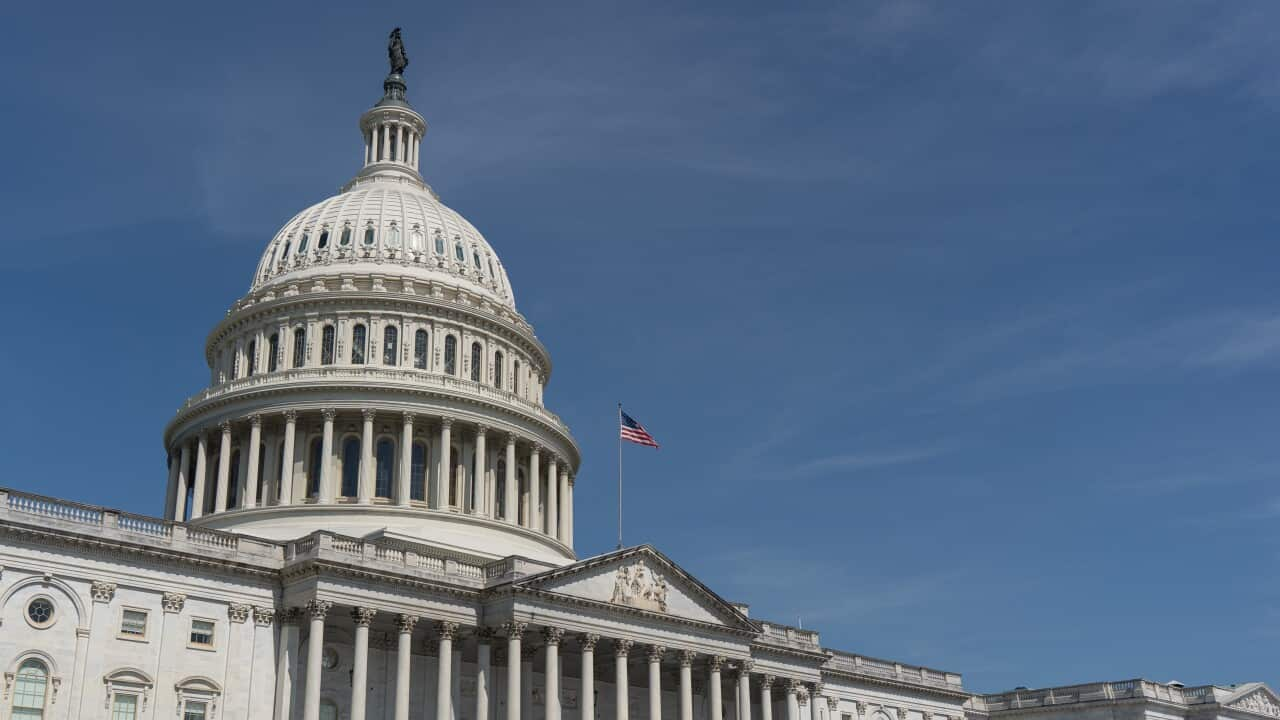The longest US government shutdown on record is finally drawing to a close, ending the 43-day standoff that paralysed Washington and left hundreds of thousands of workers unpaid.
The country's House of Representatives convened for a session on Thursday (AEDT) for the first time since 19 September, voting 222-209 to end to what its speaker Mike Johnson has described as "the long national nightmare".
Six Democrats joined Republicans to vote yes on the bill, which will turn the government's lights back on until the end of January. It now heads to Donald Trump for a signature, with the White House indicating the president would sign it on television within hours.
The shutdown started on 1 October, after Republican and Democratic proposals to fund the government failed in the Senate.
The Democratic proposal featured continuations for healthcare subsidies, while the Republican bill aimed to maintain government funding at existing levels until 1 November.
On Monday, eight Democrats defied their party leadership to pass legislation that extends funding for most agencies until 30 January, sparking speculation of a deal between the parties on the government's funding package.
What's in the deal to end the shutdown?
The package doesn't include any updates on the healthcare subsidies, which were one of the primary demands by the Democrats.
But on the other hand, it will prevent Trump from mass-firing federal workers until 30 January, while also allowing for temporary governmental funding.
Nearly 300,000 of the 2.2 million federal government workers have been laid off or pressured to leave their jobs this year, as part of Trump's campaign to downsize the US government.
It also provides back pay for those federal workers whom Trump tried to fire, as well as some state workers who were furloughed when the shutdown disrupted their pay.
It does not explicitly address other federal workers, who are guaranteed back pay when the government reopens under a 2019 law.
The package provides funding for military construction, veterans' affairs, the Department of Agriculture, and Congress until next year, with the remainder of the government funded through the end of January.
The bill ensures that the Supplemental Nutrition Assistance Program (SNAP) food aid program, which helps 40 million Americans purchase groceries, will continue uninterrupted even if Congress shuts down the government again before September 2026.
The current shutdown has caused significant disruption to SNAP payments, leaving them uncertain and unresolved.
Democrats largely opposed the bill
Republicans hold a narrow 219-213 majority in the House.
Hakeem Jeffries, the House minority leader, had said earlier his "strong expectation is that Democrats will strongly oppose" the bill.
That means losing only two votes could have resulted in a loss for the Republicans on the bill.
During a Veterans Day speech, Trump said: "We're opening up our country. It should have never been closed."
What happens now that the bill has passed?
The bill will go to Trump to be signed into law, and then the US government can reopen.
The White House told reporters the plan is for Trump to sign the legislation to at 9:45pm local time on live television.
If the bill is signed by Trump, around 670,000 furloughed civil servants will return to work, and a similar number who were retained at their posts without compensation, including more than 60,000 air traffic controllers and airport security staff, will receive back pay.
Additional reporting by Reuters news agency and Agence France-Presse.
Share


